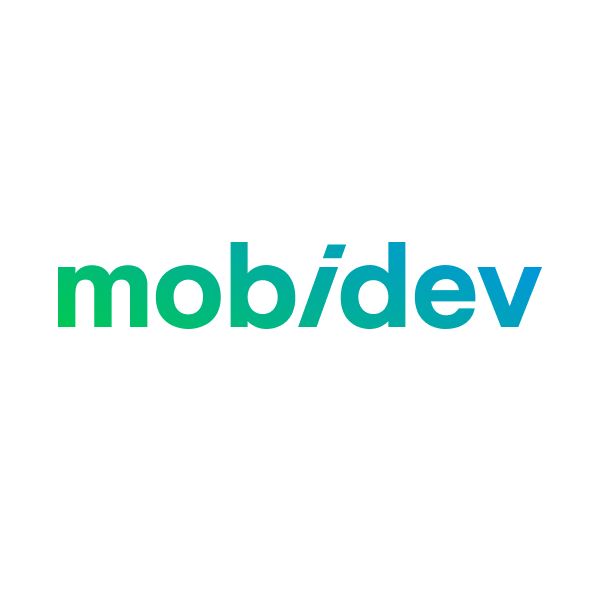1,964 reads
Developing a Video Conference Call App: Protocols, Architecture, and Considerations
by
October 10th, 2023
Audio Presented by

Trusted software development company since 2009. Custom DS/ML, AR, IoT solutions https://mobidev.biz
Story's Credibility

About Author
Trusted software development company since 2009. Custom DS/ML, AR, IoT solutions https://mobidev.biz